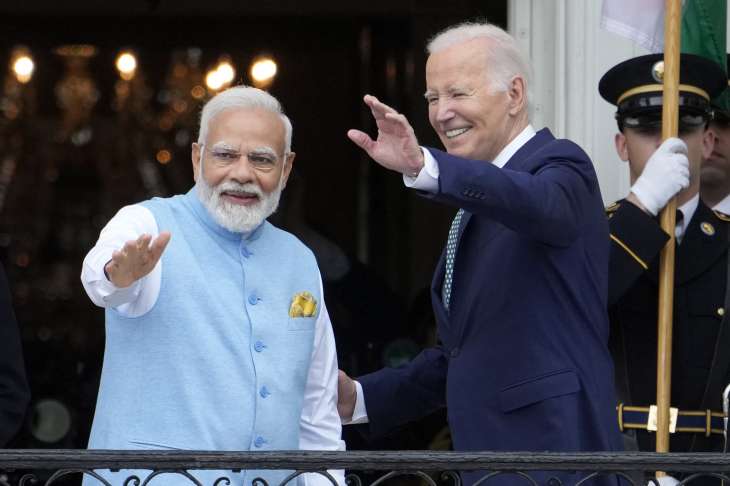The deal to make GE-HAL F-414 engines has made the military and people in charge of national security very happy because the engines are very powerful and have the latest technology.
According to a story by HT, this is a big deal because it beats the capabilities of the WS-10, the Chinese jet engine that is made in China. It’s important to know that the WS-10 engine is based on the Russian AL-31 series engine, which is used in the SU-30 MKI fighters right now.
The Hindustan Times has learned from national security planners, past chiefs of the Indian Air Force, and fighter pilots that the Chinese fighters, including the J-20, are currently equipped with different versions of the Shenyang WS-10 engine.
But intelligence reports and estimates show that the People’s Liberation Army Air Force (PLAAF) is having trouble with how well these engines work, how often they break down, and how well they work overall.
In order to solve these problems, China is currently testing the WS-15 engine, which will be put on the J-20 plane. The WS-15 engine is intended to give the fighter a “super cruise” feature that will let it fly at supersonic speeds without using the afterburners. This is an important part of a stealthy fifth-generation fighter because it helps lower the plane’s heat signature.
“It’s clear that the Chinese made the WS-10 line of jet engines by figuring out how the Russian AL-31 engine worked. Based on how well Chinese aircraft in Pakistan’s inventory and PLAAF aircraft work, the Indian assessment shows that the engine is having problems, even though it is still flying and doing its job. “The Chinese tend to lie about how well their fighters work in the state-run media,” said a former head of the IAF.
As a reaction to India’s purchase of Rafale jets, the People’s Liberation Army Air Force (PLAAF) sent J-20 fighters to the western theater command when the standoff in East Ladakh was at its worst. But it has been said that the J-20, which was billed as a fifth-generation fighter, wasn’t used much for real flying.
Even though India hasn’t been able to make its own engine since 1996, national security leaders are happy with GE’s plan to make F-414 engines in India as part of a technology transfer agreement. The Tejas Mark II attack plane will be powered by these engines, which could be improved in the future to make engines with more thrust.
The Indian Air Force (IAF), the Defense Research and Development Organization (DRDO), and Hindustan Aeronautics Limited (HAL) worked together to make a Tejas Mark II demonstrator with a GE-414 engine. This plane is scheduled to fly in the next year. All of the people involved agree that the American GE-414 engine has a good level of performance.
“There’s no question that China is getting better at making jet engines every day, but no friendly air force would buy a WS-10 engine as their first choice. Even though the Chinese system is hard to understand, jets made in China that are used by the Pakistan Air Force are often out of commission and have other problems. Even though you have to try it to know for sure, a top fighter pilot said that the Chinese engine would be 60% of what the PLAAF is predicting because they still use Russian fighters to show Taiwan who’s boss.
Under a 100% Transfer of Technology (TOT) deal, India and the United States have been talking about making F-414 jet engines since 2012.
But the deal with the Biden administration was only made this month thanks to the work of past heads of the DRDO and IAF, along with the help of National Security Advisor Ajit Doval and Prime Minister Narendra Modi. The agreement has gotten a lot of press in Washington, and it is often called the “Doval Deal” because Ajit Doval played a big part in getting it done.
